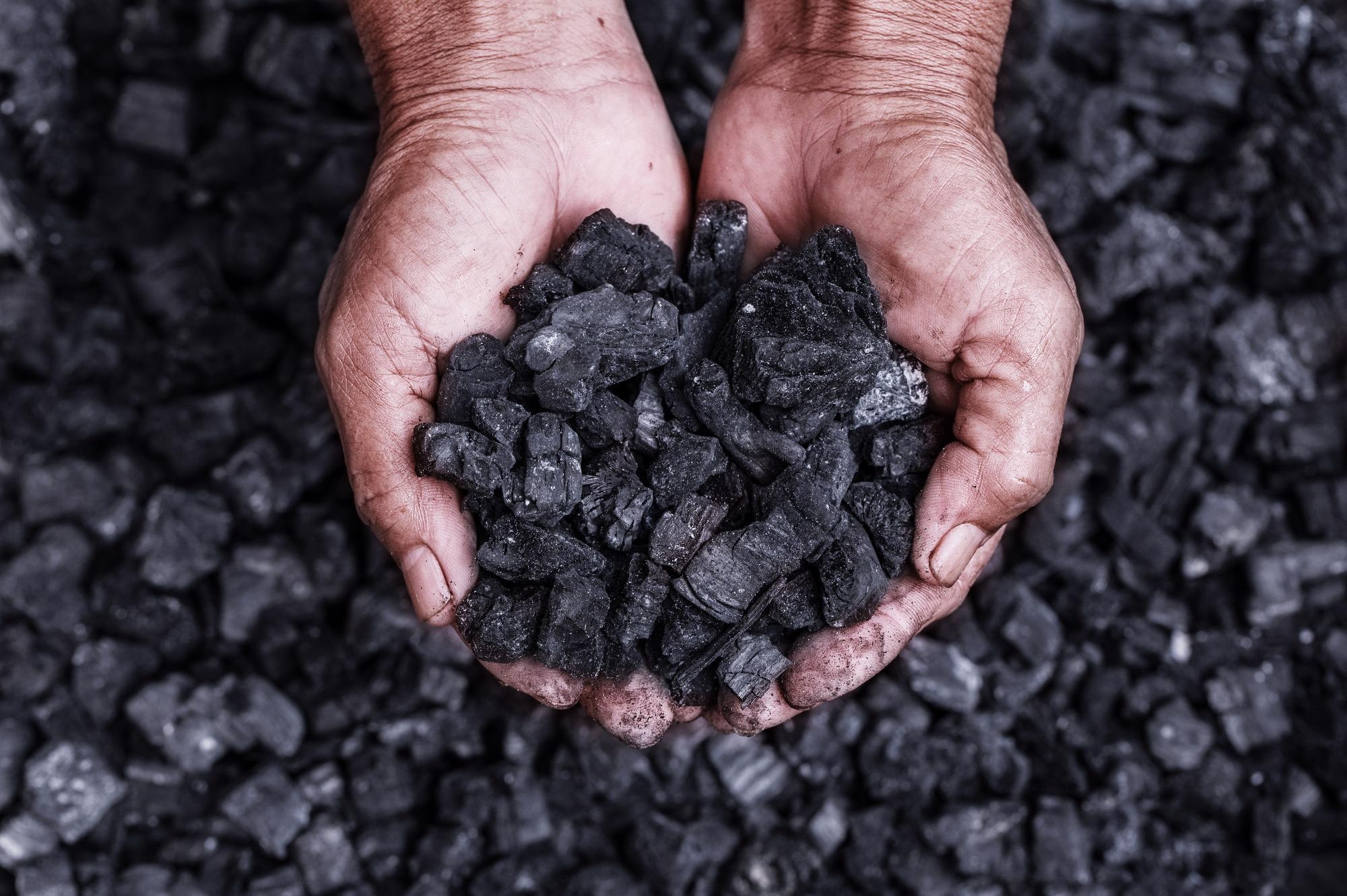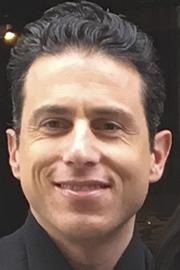AZoM speaks with Professor Andrea Fratalocchi from KAUST about his research on a previously unrecognized aspect of coal that could open the way to a new solar-driven carbon cycle that is environmentally friendly. Fratalocchi explores how compressed blocks of pulverized coal can be used as the foundation for solar-powered off-grid water purification.
Your device has the ability to provide fresh water to the 1.6 billion people around the world that are facing economic water shortages. What inspired your research into creating such a technology?
My research group is interested in studying new forms of clean energy harvesting, including traditional sun-powered systems (photovoltaics, hydrogen production and carbon-negative technologies) and more recent fields such as solar desalination. In the latter, we developed a few years ago a plasmonic system that broke all existing records of efficiency at that time, and my group was looking for new materials to advance that work.
I read the circular carbon initiative, which many countries strongly endorsed, and I started to link the concept of coal with desalination. Then we started discussions with our partners in this research (PERA Complexity and the University of Zurich) and ultimately came up with this system.
Despite renewable power costing increasingly less, countries continue to increase their coal-fired capacity. How does your research aim to address this issue, and how does it contribute to the reduction of fossil’s combustion - the most substantial cause of the human-made increase of CO2 in the atmosphere?
Our research opens up a different economy for coal that can address climate change because it is environmentally clean and protect job creation in the fossil value chain.
The recent IRENA report on renewable power generation costs states that the electricity generated from coal has plateaued for almost a decade, and new coal-fired installations have run at fewer hours since 2014. This fact implies that governments open new coal installations that keep running at a lower and lower capacity.
To help mitigate climate change, we need to address social sustainability factors. If we find a way to create a new economy of clean coal and accommodate jobs along the fossil line, we could find common ground that could finally help implement a change. It could allow us to redirect coal resources towards clean economies.
For every GW of coal power that could be phased out by directing coal resources into an enhanced water economy, it would be possible to remove more than 1000 tonnes of CO2 from the environment every hour. It could help favor solutions for fossils’ products that could attain the sustainable development goals of clean water, sanitation and climate action.

Image Credit: small smiles/Shutterstock.com
Could you give an overview of how your team used carbonized compressed coal and cotton fibers to achieve solar-powered off-grid water purification?

Image Credit: Mazzone, V., et al. (2021) Clean Carbon Cycle via High-Performing and Low-Cost Solar-Driven Production of Freshwater. Advanced Sustainable Systems. doi.org/10.1002/adsu.202100217.
The figure above illustrates the process quite well. Starting from coal (a), you create a powder (b), and then by mechanical compression, you optimize the structure into a volumetric three-dimensional absorber (c). Then you drill holes (d) and add cotton fiber as a secondary capillary for efficient water extraction.
The final structure looks like the one depicted in (d). This system is two to three times more efficient in terms of Kg of water created per hour and per sun and US dollar spent on raw materials than any other system currently available.
According to your research, this application has a value that is two to three times higher than any other solar desalination device proposed to date. What are the other benefits of this technology?
Aside from the previously mentioned benefits, this technology also addresses social sustainability factors, i.e.; it uses coal in non-traditional ways to create jobs along the fossil line while maintaining climate responsibility, enabling clean technologies.
The manufacture of current solar materials is expensive and hinders industrial applications. How does your nature-based solution address the issues associated with cost while maintaining efficient performances?
Coal is still very abundant in nature. Currently, it is among the cheapest material for energy applications. Traditionally, however, coal has always been seen as an energy source and was mainly employed in that sense. People often get so used to the specific ways they use an object that they become obsessed with certain ways objects are used that it is difficult for them to explore alternative paths.
Such 'functional fixation' inhibits thinking that requires non-traditional ways of using objects, thus hindering potential alternative pathways for tackling challenging problems.
My group and I, on the contrary, leverage complexity theories. These harness the creativity that arises from divergent thinking, which is open and involves a wide variety of potential solutions. To tackle a complicated problem, such as the detrimental effects of fossil fuels on the climate, perhaps we should ask ourselves if we can use coal in a non-traditional context?
How does your novel method improve on current water desalination processes to help address the pressing crisis of water scarcity?
This system allows a desalination rate per raw material cost evaluated at 1.39 kg/h/USD at one sun intensity. Many countries affected by water scarcity, including large coal producers such as India and China, have a large availability of sun resources.
With the system proposed in this work, a small-scale implementation can serve a family of four people, producing freshwater at the cost of around 0.002 $ per liter. This figure is already competitive with the average cost of water from reverse osmosis, evaluated at 0.0015 $ per liter, without considering the cost of large-scale facility realization.
The simplicity of the proposed system allows practical implementation almost everywhere and at minimal costs, especially in areas heavily affected by water shortage, which are usually poor, rural or isolated.
Aside from fulfilling drinking, cooking and agricultural needs, what other challenges could this energy-efficient water desalination method provide a solution for?
Aside from satisfying drinking, cooking and agricultural needs, this technology also arguably provides people access to sanitation – an ideal that necessitates fresh, clean water.
Did you come across any challenges during your research, and if so, how did you resolve them?
This research collaborates with PERA Complexity (an R&D startup in Nederland) and the University of Zurich. We addressed all challenges by working in a team and leveraging ideas from each of us constructively.
A primary challenge at the beginning was the optimization of the coal matrix to enable optimized performances. The solution to this problem required complex modeling, experimental analysis and simulations from each of us. We developed innovative algorithms for image analysis and pattern recognition that enabled the automated data analysis to be complied with in a sufficiently short amount of time.
The interest in environmentally-friendly and renewable technologies is on the rise. What does the future of renewable energy look like to you?
To me, the future of renewable energy is highly reliant upon hydrogen. My group and I are researching intensely in this sense. Hydrogen is an ideal clean energy vector: it can be transferred anywhere with practically zero energy loss and used on-demand. It produces energy with extremely high efficiency and has clean combustion, producing water and nothing else. It could enable, finally, a complete clean cycle for energy with no harmful byproducts.
About Professor Andrea Fratalocchi
 Andrea Fratalocchi is an Associate Professor (from July 2016) in the Computer, Electrical and Mathematical Sciences and Engineering Division at KAUST University. He joined KAUST in January 2011 as Assistant Professor. Prior to joining KAUST, Andrea Fratalocchi was a Research Fellow of the Sapienza University of Rome under a KAUST Fellowship Award.
Andrea Fratalocchi is an Associate Professor (from July 2016) in the Computer, Electrical and Mathematical Sciences and Engineering Division at KAUST University. He joined KAUST in January 2011 as Assistant Professor. Prior to joining KAUST, Andrea Fratalocchi was a Research Fellow of the Sapienza University of Rome under a KAUST Fellowship Award.
From 2007 to 2009, Andrea Fratalocchi worked as a post-doctoral researcher at Sapienza University under a “Young Investigator” Award from the research center “Enrico Fermi.” In 2012 he was appointed as Editor of Nature Scientific Report. In 2017, he won the Middle East GCC Enterprise Award as best electrical engineer of the year. In 2019, he was elected Fellow of the Institute of Physics (IOP), Senior Member of the IEEE, and Fellow of the Optical Society of America (OSA):
For pioneering innovations in the use of complex optical systems and the development of creative technologies in clean energy harvesting, bio-imaging, and advanced optical materials
As of March 2019, Andrea Fratalocchi authored more than 170 articles and five patents.
Disclaimer: The views expressed here are those of the interviewee and do not necessarily represent the views of AZoM.com Limited (T/A) AZoNetwork, the owner and operator of this website. This disclaimer forms part of the Terms and Conditions of use of this website.